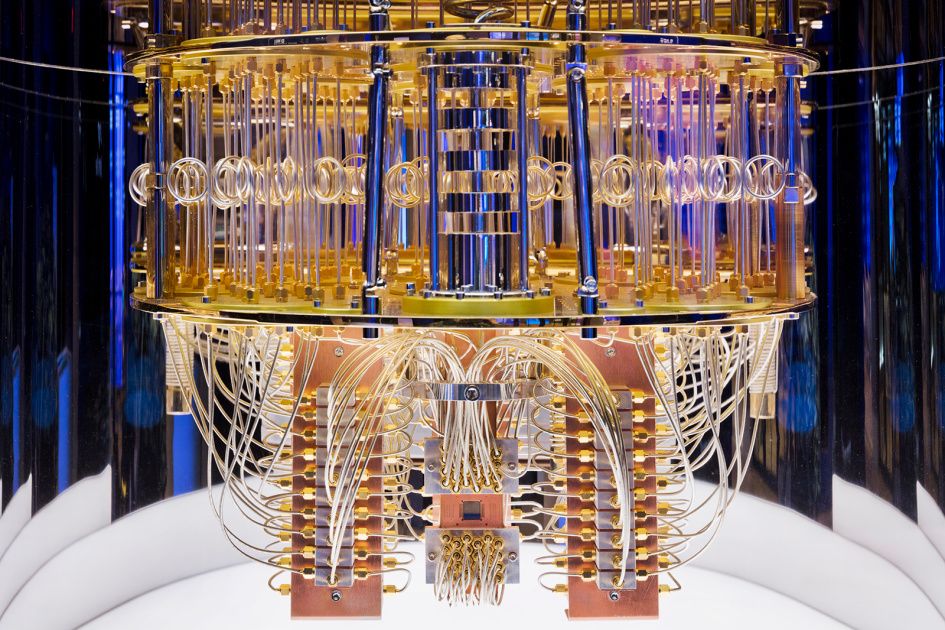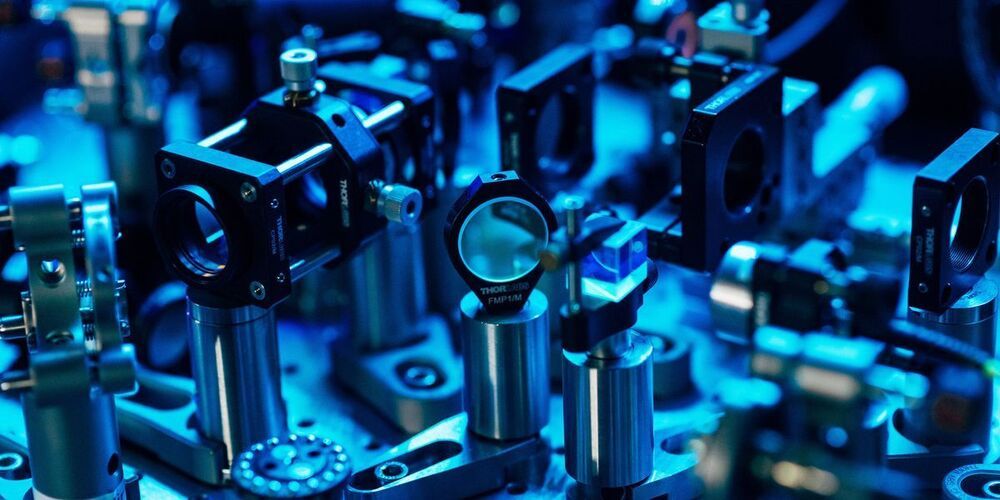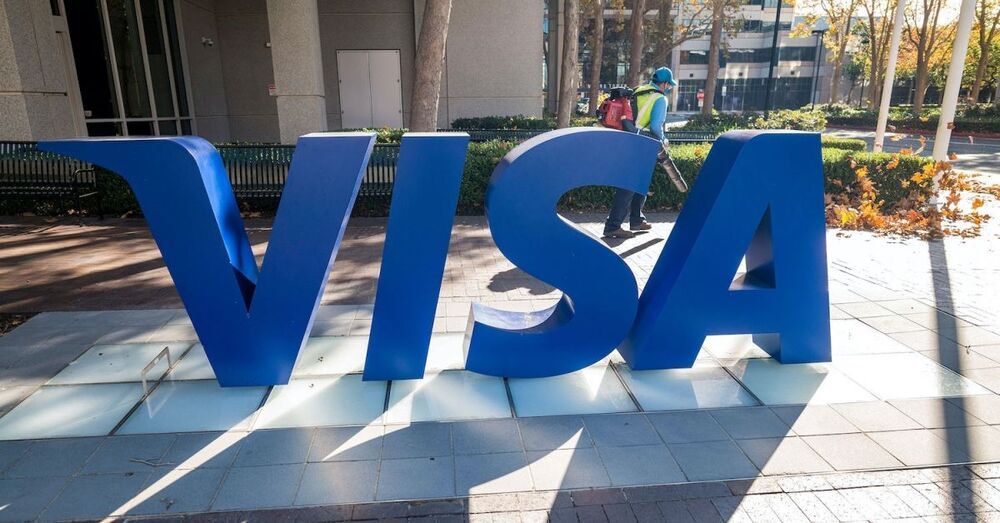MIT researchers and colleagues have discovered an important—and unexpected—electronic property of graphene, a material discovered only about 17 years ago that continues to surprise scientists with its interesting physics. The work, which involves structures composed of atomically thin layers of materials that are also biocompatible, could usher in new, faster information-processing paradigms. One potential application is in neuromorphic computing, which aims to replicate the neuronal cells in the body responsible for everything from behavior to memories.
Find out how to spot Sirius, the brightest star as seen from Earth. Learn the mythology behind this dazzling light and how it earned the nickname of the Dog Star.
View at EarthSky Community Photos. | Garth Battista was in New York’s Catskill Mountains – at Manhattan Country School – when he caught the easy-to-see constellation Orion and the star Sirius (far left). Sirius is always easy to see. It’s the sky’s brightest star. Orion’s Belt – the short, straight row of 3 medium-bright stars – always points to it. Thank you, Garth!
Although white to blue-white in color, Sirius might be called a rainbow star, as it often flickers with many colors. The flickering colors are especially easy to notice when you spot Sirius low in the sky.
IBM has found a way to speed up some quantum computing tasks by 100 times, finishing them in hours rather than months.
Three different studies, done by different teams of scientists proved something really extraordinary. But when a new research connected these 3 discoveries, something shocking was realized, something hiding in plain sight. Human emotion literally shapes the world around us. Not just our perception of the world, but reality itself.
In the first experiment, human DNA, isolated in a sealed container, was placed near a test subject. Scientists gave the donor emotional stimulus and fascinatingly enough, the emotions affected their DNA in the other room.
Viasat on Feb. 2 received a $50.8 million contract from the Air Force Research Laboratory to develop a broad range of space systems.
WASHINGTON — Viasat, a provider of satellite communications and wireless networking technology, received a $50.8 million contract from the Air Force Research Laboratory to develop a broad range of space systems.
The Defense Department announced the contract Feb. 2. The contract was first announced Nov. 20. A spokesperson told SpaceNews at the time that the contract terms had not yet been finalized so the award would be reposted at a later day.
Tesla may be one of the first automakers to use Ultra-wideband (UWB) technology in their vehicles. According to documents filed with the Federal Communications Commission, the manufacturer has submitted new products that support UWB.
Breakthrough technology uses multiplexing entanglement to make an ultra-secure quantum internet.
Visa is partnering with Anchorage to allow bank customers to “buy and sell digital assets such as Bitcoin,” the payments giant said Wednesday.
Could there be a new kind of light in the universe? Since the late 19th century, scientists have understood that, when heated, all materials emit light in a predictable spectrum of wavelengths. Research published today in Nature Scientific Reports presents a material that emits light when heated that appears to exceed the limits set by that natural law.
In 1900, Max Planck first mathematically described a pattern of radiation and ushered in the quantum era with the assumption that energy can only exist in discrete values. Just as a fireplace poker glows red hot, increasing heat causes all materials to emit more intense radiation, with the peak of the emitted spectrum shifting to shorter wavelengths as heat rises. In keeping with Planck’s Law, nothing can emit more radiation than a hypothetical object that absorbs energy perfectly, a so-called “blackbody.”
The new material discovered by Shawn Yu Lin, lead author and a professor of physics at Rensselaer Polytechnic Institute, defies the limits of Planck’s law, emitting a coherent light similar to that produced by lasers or LEDs, but without the costly structure needed to produce the stimulated emission of those technologies. In addition to the spectroscopy study just published in Nature Scientific Reports, Lin previously published an imaging study in IEEE Photonics Journal. Both show a spike in radiation at about 1.7 microns, which is the near-infrared portion of the electromagnetic spectrum.
University of Sussex academics have established a method of turbocharging desktop PCs to give them the same capability as supercomputers worth tens of millions of pounds.









